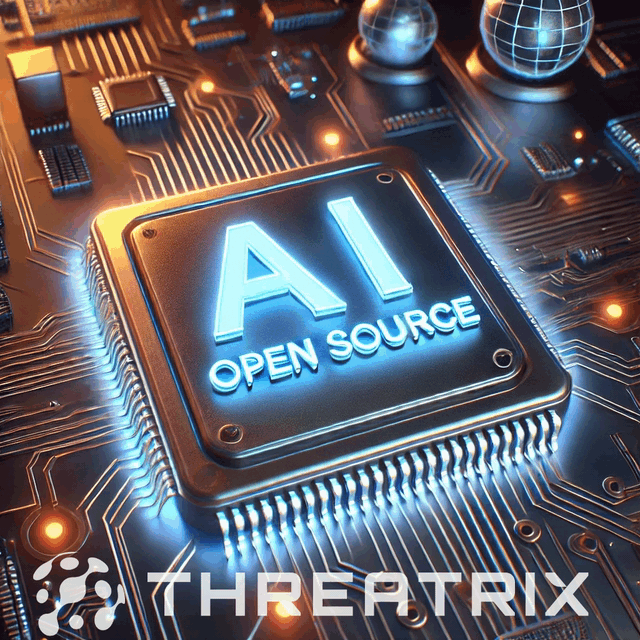Open source snippets play a crucial role in modern software development, enabling developers to leverage existing code from open source projects. Let’s delve into the concept of code snippets or fragments, why developers use them, their frequency of usage, how they are embedded into project source code, and the significance of granular detection in Software Composition Analysis (SCA) tools.
Unveiling Open Source Snippets
While traditional code fragments are usually smaller, self-contained pieces of code, the term “snippets” can be used more broadly to encompass larger sections of code, including entire files. They are reusable pieces of code obtained from open source projects that developers incorporate into their applications directly into their codebase, adapting them to suit their specific requirements. Depending on the size of each project, developers may use dozens or even hundreds in larger projects.
Snippets offer versatility and efficiency by offering a practical way to leverage existing code functionality, saving development time and effort with ready-made solutions to specific problems, such as algorithms, data structures, or complex functionality, that developers can readily incorporate into their projects.
Instead of reinventing the wheel, developers can save time and effort by reusing existing code snippets for common programming challenges. Utilizing well-tested and widely adopted fragments of code, developers leverage the collective expertise of the open source community, resulting in more robust and reliable software. By incorporating proven solutions, developers can focus on other aspects of their projects, accelerating the development process and reducing time-to-market.
Where Developers Locate Open Source Snippets
Developers incorporate fragments of code from repositories like GitHub, GitLab, and Bitbucket. These platforms host millions of open source projects, making it easier to discover relevant snippets or they participate in online developer communities, like Stackoverflow, Sourcegraph, forums, and blogs dedicated to specific programming languages or technologies. These platforms often feature discussions, code fragments, and solutions shared by experienced developers.
Once developers find potential snippets, they evaluate their suitability for the project based on factors like functionality, compatibility, license, and code quality. I will note here that It’s important to review the snippet’s documentation, usage examples, and any associated license information to ensure it meets the project’s requirements and that developers understand the legal obligations of the attached licenses. It is challenging to match licenses at the snippet level because it requires a thorough understanding of license terms and conditions. The process involves determining whether the license requirements are met for every code snippet in a software project. There may be complex and nuanced terms that are difficult to interpret.
One example is the use of a GPL license. Developers need to understand the implications of the GPL license and ensure compliance when using GPL-licensed snippets. Failure to comply with the GPL can result in legal consequences, including potential copyright infringement claims and loss of intellectual property rights. Therefore, all organizations must use a software composition analysis tool that’s capable of accurately detecting code fragments, and provide a software bill of material (SBOM) with all the associated licenses.
After selecting a snippet, developers incorporate it into their project. The process can vary based on the programming language and development environment being used. Generally, developers copy the relevant snippet into their codebase, either by creating a new file or inserting it into an existing source file with modifications if necessary to fit their specific requirements or integrate it with other code components.
The final step is to properly attribute the original authors or projects by including comments or documentation that credits the source of the snippet. This attribution ensures compliance with open source licenses and acknowledges the contributions of the original developers.
Industries and domains where snippets find extensive application
Ubiquitous Adoption of snippets has gained widespread popularity, especially through GitHub copilot and ChatGPT with developers across industries and domains incorporating them into their projects used in a wide range of software development scenarios, including web and mobile applications, frameworks, libraries, desktop applications, and backend system development.
- E-commerce: Often relies on snippets for various functionalities such as payment gateway integration, shopping cart management, user authentication, and inventory management.
- Finance and Banking: Employed in financial applications for tasks such as encryption and decryption algorithms, data processing, secure communication, and risk analysis.
- Healthcare: Plays a significant role in healthcare applications, including electronic medical records systems, medical imaging software, patient data management, and telemedicine platforms.
- IoT (Internet of Things): With the rapid growth of IoT, open source snippets are crucial for developing firmware, device communication protocols, sensor data processing, and connectivity solutions.
- Artificial Intelligence and Machine Learning: Widely used in AI and ML applications for data preprocessing, feature extraction, model training, and prediction algorithms.
- Gaming and Entertainment: Utilized in game development for graphics rendering, physics engines, sound processing, and game mechanics implementation.
- Education and E-learning: Valuable in educational software, learning management systems, e-learning platforms, and educational content management.
- Government and Public Sector: Employed in government systems, public administration software, and citizen service platforms for various functions, such as document management, data security, and information sharing.
- Research and Academia: Extensively used in research projects and academic endeavors including data analysis, simulations, mathematical modeling, and scientific visualization.
The Significance of Granular Detection in SCA Tools
Comprehensive software composition analysis tools are equipped with granular detection capabilities to analyze the entire codebase, including individual code fragments, during build time to identify and track open source components accurately and precisely identify the licenses associated with each snippet, ensuring proper compliance with license obligations.
The solution should also provide proof of provenance with each snippet which verifies the origin, as licenses can change over time. Having accurate licensing terms enables developers and compliance teams to understand the licenses associated with each component and take appropriate actions to meet those obligations.
Threatrix is the only solution that automatically annotates the source code with attribution to the original author, helping to alleviate the developer from this remedial task, while also ensuring compliance with build time scanning and monitoring of codebases, providing immediate identification of newly introduced or modified snippets. Our advanced platform uses machine learning algorithms and AI to analyze the code and identify similarities between the proprietary code and known open-source snippets. These techniques greatly improve the accuracy and efficiency of the identification process.
While utilizing open source snippets can save development time and effort, developers should always exercise caution when incorporating code from external sources. They should review the snippet’s licenses, and understand the compatibility and implications, to ensure compliance with all licensing obligations.


